Let’s talk about the bare minimum of what you will need to photograph the Milky Way.
Astrophotography doesn’t require all that much equipment and it’s likely that you already have most of the items in this list. I usually only pack these select few items in my camera bag when I go out to photograph the Milky Way and rarely bring anything extra. The simpler the kit, the less you will need to worry about. So here are the essentials with some of my recommendations to those just starting out:
1. Digital SLR or Interchangeable Lens Camera Body
Most people reading this article will probably already have a digital SLR or some other interchangeable lens camera. Luckily a camera is the most expensive thing you need for astrophotography aside from a lens. The very best bang for the buck will be a digital SLR with a 4/3, APS-C or full frame sensor size.
The choice of brand really doesn’t matter all that much. If you’re just starting out, I almost always suggest the two biggest brands: Canon or Nikon. Both of these companies make excellent cameras and each has huge swaths of devoted users and expansive online communities to help you along. That said, any of the other major brands are excellent. Sony, Pentax, Fujifilm, Olympus, Panasonic, or Samsung: they all make great cameras and pretty much any of them will work great.
When picking a camera, I particularly prefer cameras with tilting displays so that it’s easier to see the screen when using it low to the ground.
I’m currently using a Sony a7S.
Best of the Best: Sony a7S, Canon 6D, Nikon D610
Affordable Excellence: Fujifilm X-T1, Canon 70D, Canon 7D, Nikon D7100
Beginner on a Budget: Canon T5i, Nikon D5300, Sony a6000
2. Wide Angle Lens
The Milky Way is really really big. Like huge. The easiest way to capture it is to use a wide angle lens that will allow you to frame a large portion of the sky. On APS-C cameras, stick with a lens with a focal length of 24mm or shorter. On full frame cameras: 35mm or shorter, and on 4/3 sensors: 17mm or shorter. The shorter the focal length, the wider the field of view.
That 18-55mm kit lens that probably came with your camera? That lens is just fine to start with. When zoomed out to 18mm, it has a pretty wide field of view and should be able to capture a significant portion of the Milky Way.
For even better results, you’ll probably want a “fast” lens with a low f/number rating. I usually recommend lenses with an f/number rating of f/2.8 or lower. The lower the number, the larger the aperture of the lens and the more light that it can collect for exposing the dim stars in the night sky. Check out my guide on how to pick a lens for milky way photography to learn more about fast lenses. My favorite lens for full frame cameras is still the Rokinon 24mm f/1.4.
Best of the Best: Sigma 18-35mm/1.8, Sigma 35mm/1.4, Rokinon 24mm/1.4, Nikon 14-24mm/2.8
Affordable Excellence: Tokina 11-18mm/2.8, Rokinon 12mm/2.0, Rokinon 10mm/2.8, Rokinon 16mm/2.0, Rokinon 35mm f/1.4
Beginner on a Budget: Rokinon 14mm f/2.8, Rokinon 8mm f/3.5 Fisheye, Rokinon 8mm f/2.8 Fisheye II
3. Tripod
Anyone thoroughly interested in photography should invest in a decent tripod. For astrophotography it’s essential. You only need one, and it’s likely that a good tripod will outlast all of your other camera gear.
There are probably a million tripods to choose from, but there are a few things you should look for when choosing one for astrophotography:
First, I recommend tripods paired with a ballhead. Avoid tripods with panheads at all cost, they’re a pain to frame your shot and have a more limited range of motion than a ballhead.
Secondly, the tripod should be stiff and stable. Make sure that you’re not too close to exceeding the recommended load capacity of the tripod and consider one made of carbon fiber rather than aluminum. Carbon fiber is stiffer and lighter than aluminum so it’s a great material for tripods. Carbon tripods have also come down in price drastically and are now rather affordable.
Finally, make sure it’s not too heavy. This is the last but arguably the most important consideration in a tripod. If you’re buying your first tripod, I recommend keeping it lighter than 5 pounds. Seriously. Anything heavier will likely be too big and heavy to carry. You should have no hesitation to bring your tripod with you everywhere you go. The lighter the better. I currently use the tiny Sirui T-025X which weighs less than 2 pounds.
Best of the Best: Anything from Really Right Stuff
Beginner on a Budget: Dolica Proline, Dolica Carbon
Compact Ultralight: Sirui T-025X, Manfrotto BeFree Carbon
4. Headlamp
You’ll need your hands free to handle your camera in dark conditions, so definitely pick up a headlamp. You’ll use it to help with focusing, you’ll use it to help find buttons on the camera, and you’ll need it to avoid tripping over bushes and rocks and critters at night.
Make sure your headlamp has a red “night vision” mode. Once you are initially set up, the red mode will help you retain your night vision for seeing in the dark better and won’t interfere with other stargazers in your group.
I wholeheartedly recommend Petzl Headlamps. I have had headlamps from both Black Diamond and Energizer fail on me at night but I have never had a Petzl fail, knock on wood. They’re weatherproof, bright, efficient, and comfortable. It’s possible to switch directly into red mode on most of their headlamps so you don’t blind yourself when turning it back on and they all have amazing battery life. When they’re batteries run low, they warn you with an indicator light and they automatically switch into a power saving mode to keep the light going for additional reserve hours. I personally use an older version, the Tikka XP2 for all of my astrophotography shoots.
Best of the Best: Petzl Tikka RXP
Affordable Luminosity: Petzl Tikka XP
Beginner on a Budget: Petzl Tikka +
Optional Items
The items above are all you need to start making astrophotos, but there are a couple extra things that can help you out:
Intervalometer
An intervalometer is a remote timer that plugs into your camera. It lets you do two things: make exposures longer than 30 seconds and shoot timelapse sequences. They’re cheap at around $20 and can come in handy with astrophotography.
Cheap and Reliable: Neewer Intervalometer
Star Chart App
As you’re getting started with astrophotography, I recommend using a smartphone app like Stellarium or Sky Guide to help you find the Milky Way. If you’re in a dark enough area, it should be easy to find with your eyes, but an app will make it a much simpler a task.
iOS: Sky Guide, PhotoPills, Stellarium
Android: Stellarium
A Final Check
Make sure your camera battery is charged, your headlamp has some fresh batteries, and you have a couple memory cards handy.
Let’s Get Started!
Once your kit is together, you’re ready to shoot!
Head on over to Astrophotography 101 for lessons on exposure, processing and other astrophotography tips and techniques.
First Time? Check out the How to Photograph the Milky Way lesson.
Disclosure
We are a participant in the Amazon Services LLC Associates Program, an affiliate advertising program designed to provide a means for us to earn fees by linking to Amazon.com and affiliated sites. We are also a participant in the B&H Affiliate Program which also allows us to earn fees by linking to bhphotovideo.com.
Learn Astrophotography
Astrophotography 101 is completely free for everyone. All of the lessons are available on the Lonely Speck Astrophotography 101 page for you to access at any time. Enter your email and whenever we post a new lesson you’ll receive it in your inbox. We won’t spam you and your email will stay secure. Furthermore, updates will be sent out only periodically, usually less than once per week.
Help us help you!
Believe it or not, Lonely Speck is my full-time job. It’s been an amazing experience for us to see a community develop around learning astrophotography and we’re so happy to be a small part of it. I have learned that amazing things happen when you ask for help so remember that we are always here for you. If you have any questions about photography or just want to share a story, contact us! If you find the articles here helpful, consider helping us out with a donation.
[button font_size=”16″ color=”#136e9f” text_color=”#ffffff” url=”https://www.paypal.com/cgi-bin/webscr?cmd=_donations&business=lonelyspeckblog%40gmail.com&item_name=These+tips+help+keep+lonelyspeck.com+running.¤cy_code=USD&source=url” target=”_blank”]Donate[/button]
Thanks so much for being a part of our astrophotography adventure.
-Ian
[button font_size=”16″ color=”#136e9f” text_color=”#ffffff” icon=”arrow-left” url=”https://www.lonelyspeck.com/astrophotography-101/” target=”_self”]Back to Astrophotography 101[/button]
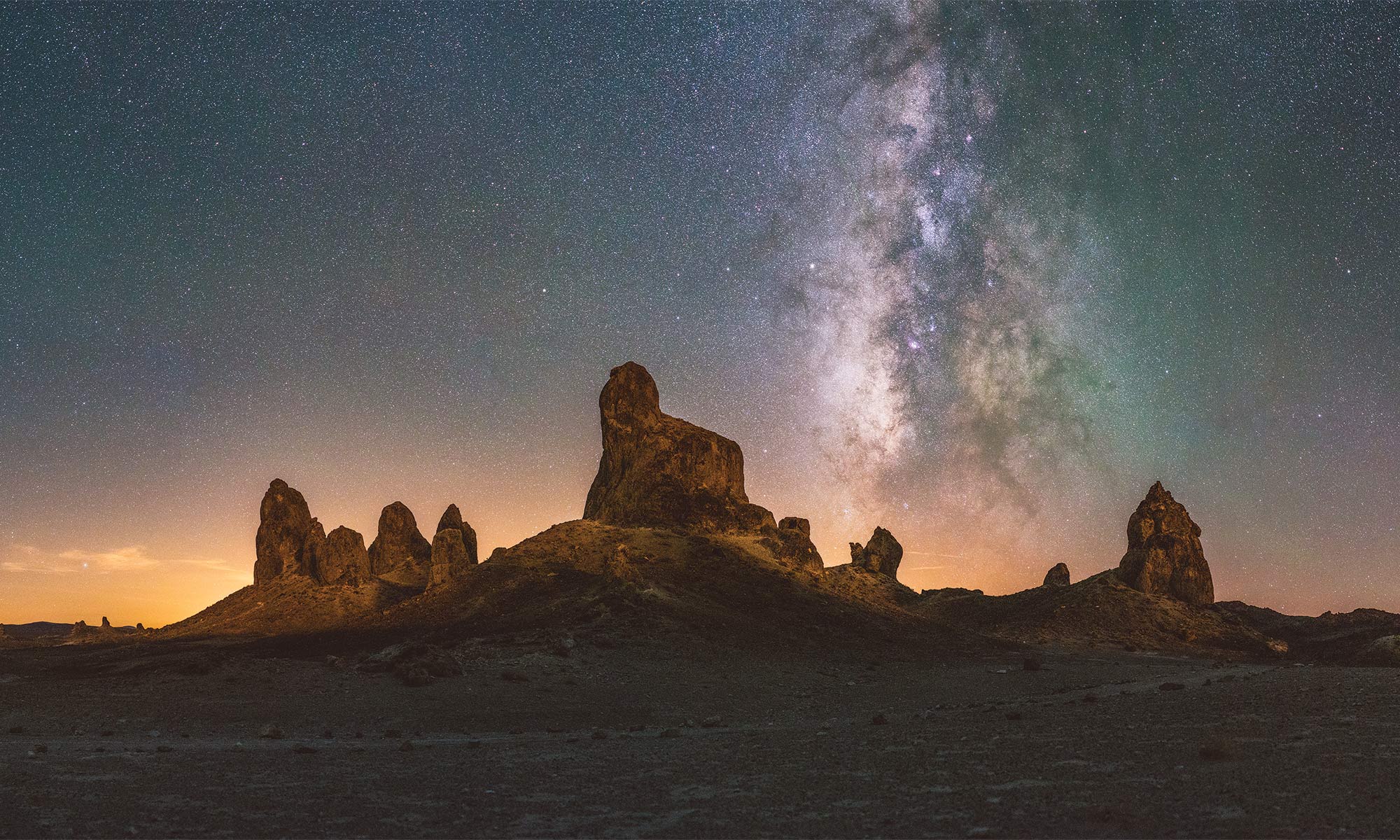
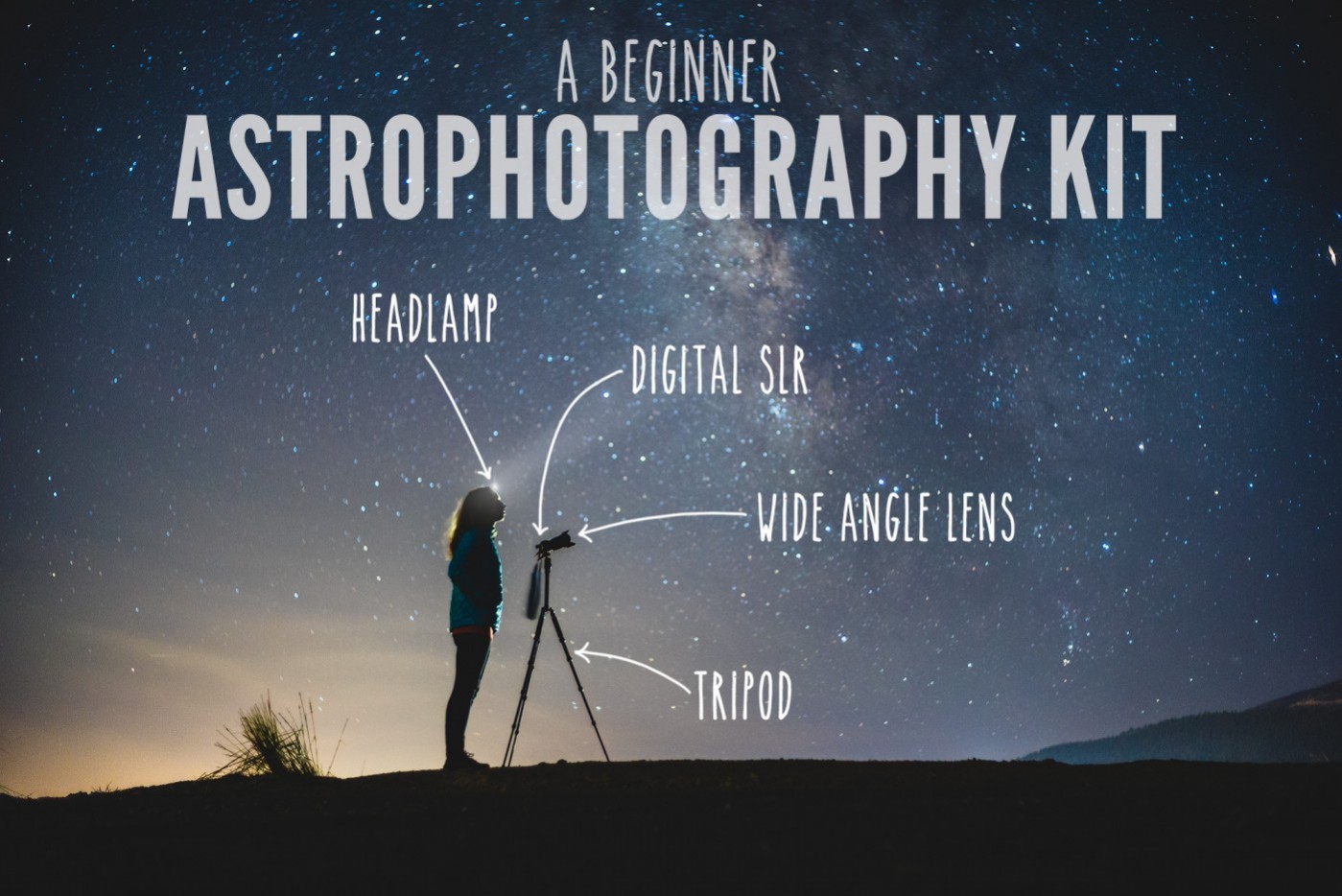
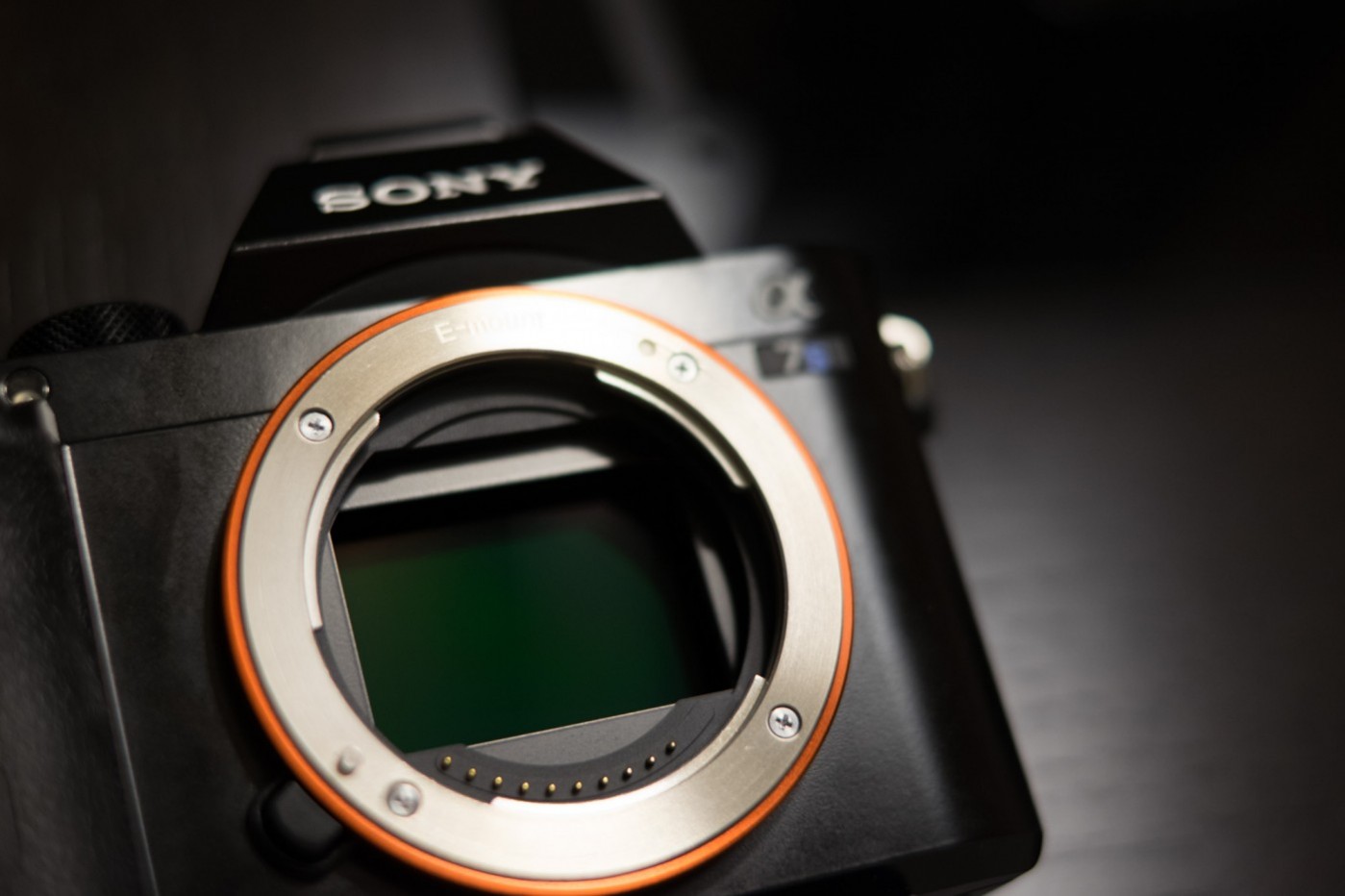
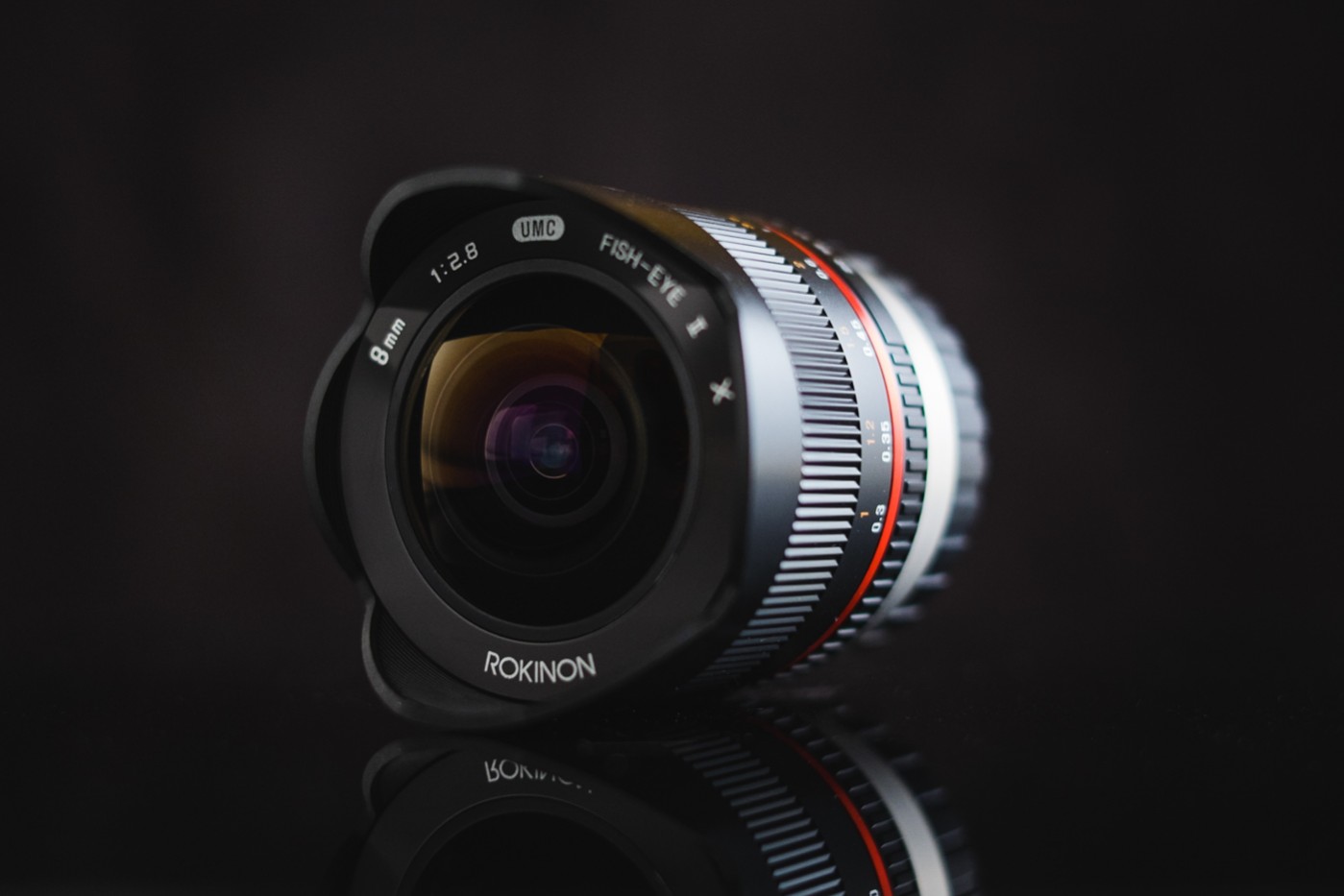
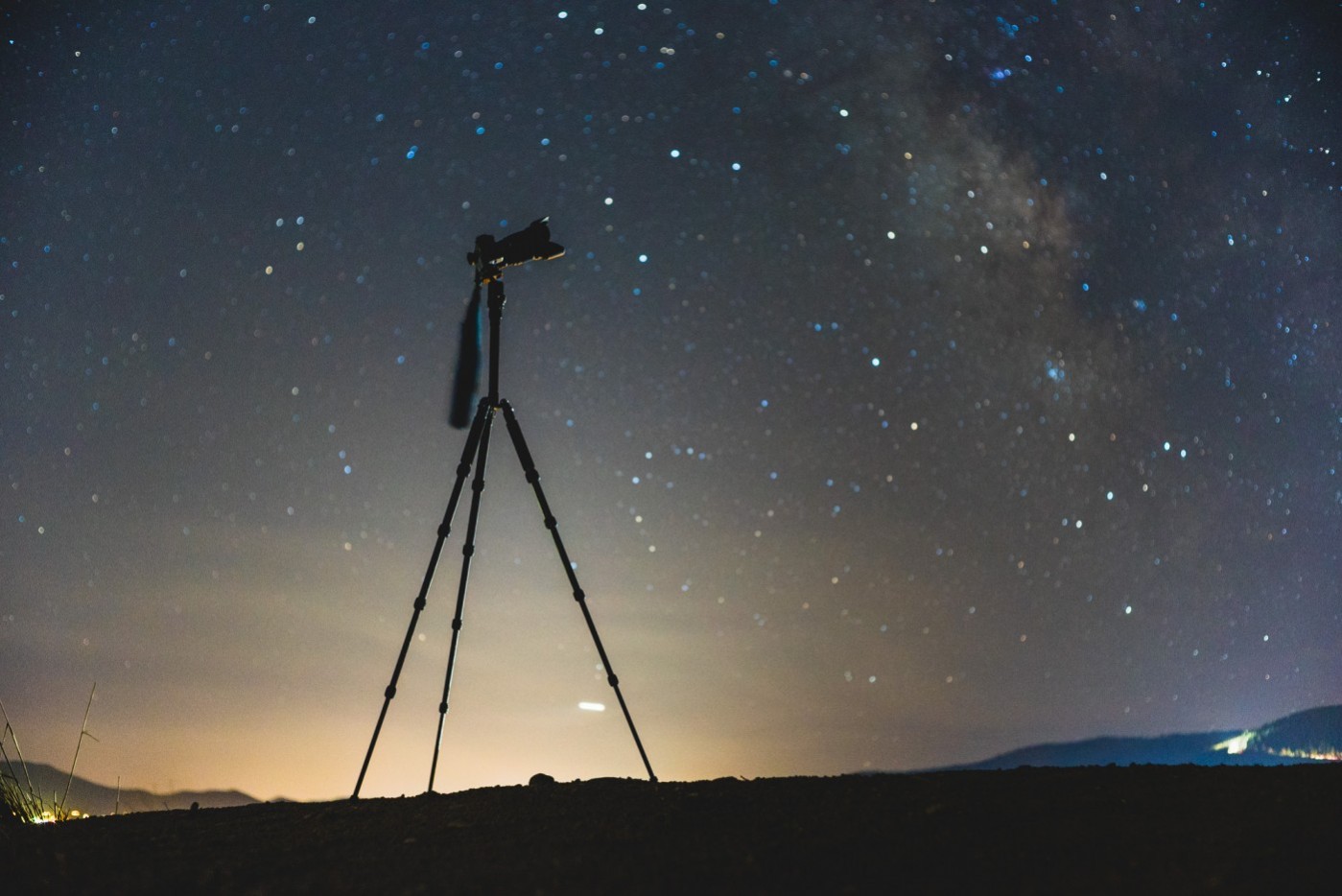

hey! thanks for the breakdown Ian!
Just a question, from the 3 beginner on a budget lens (Rokinon 14mm f/2.8, Rokinon 8mm f/3.5 Fisheye, Rokinon 8mm f/2.8 Fisheye II), which of these do you recommend the best?
Thank you 🙂
Start with the 14mm. It’s the easiest to work with. The fisheyes are fun but it’s much more of a specialty lens. The 14mm is more universal for sure and that’s where you should start.
Hi Ian,
I have been thoroughly enjoying your articles and videos the last few days. I really want to attempt photographying the Milky way. I live in OC and am going to try your Palos Verdes location for that shot.
Couple questions:
I would like to upgrade my camera but I have an Canon Rebel XTi that’s been sitting in the closet. Will this camera work with a maximum ISO of 1600?
I have found a Rokinon 8mm Fisheye lens for $200. Wont the images be distorted cause its a fish eye?
Do you know any other locations within 50 miles of LA or Orannge County for good milky way shots? I eventually want to go into the Joshua Tree/Death Valley locations but I need to be more comforable with my equipment and when I upgrade.
I am learning everyday something new so I apologize for the stupid questions. Thanks again!!
Catherine. My first recommendation for anyone just starting out is to definitely stick with the gear you have and try out some night sky shots with that. The Rokinon Fisheye is usually around $230 new. It’s a good lens but maybe not the best for someone just getting into it. It has tons of distortion. I correct my fisheye lenses with the method here: lonelyspeck.com/defish
As far as locations, perhaps check out Mt. Baldy, Big Bear etc. The Santa Monica mountains are OK and the mountains near Santa Clarita are also OK. Super dark skies are a little farther but worth the trip: Death Valley National Park and Joshua Tree National Park are both spectacular. Be sure to check out: darksitefinder.com
Hey Ian! Just found this web and it is very instructive! thanks for it. I think I’m gonna sell my Canon 6D and go for the Sony a7s with a metabones adapter (mostly because of the ISO performance). Do you think it is a good change? I mean, in terms of video I know it is a good change, but what about pictures? Do you think that I will miss anything in the a7s compared with the 6D? I want it for landscapes mostly, nightscapes and maybe some portrait, but you think the quality is similar right? Thanks a lot man! take care.
Overall picture quality is probably a toss up. It will be very slightly better than the 6D at the ISOs that we typically recommend for astro shooting. The big thing that I like about the a7S is the ability to see the milky way in real-time. It makes framing the shot super easy. As far as what I miss from the 6D when using the a7S: the ergonomics (bigger grip and easier to use buttons layout). Some photographers really miss the extra megapixels which I personally don’t mind.
Hi again Ian,
Just read up on this article and again, wow, very interesting stuff. Thank you!
Unfortunately I already purchased my equipment over the last couple of months, before reading this article.
So quick question: In beginners on a budget you advise the Sony A6000. I bought the Sony NEX-5t, is it good enough for astrophotography (APS-C, ISO noise@ 1013, 16MP)?
I am satisfied with image quality though, but what does the A6000 have to offer that beats this?
Will it give me more second steps, ISO steps?
Is 24MP better advised for night shooting than 16MP? I actually thought the opposite was true…
So put simply: Is it good enough to stick to my NEX-5t or should I swap it for the A6000?
Originally made my purchase based on budget, size, quality and 180° flip-screen that’s very functional for me…
Thanks in advance Ian! =)
You rock!
The Nex-5 should be just fine. My recommendation for the a6000 is because it is the current generation camera. You are right about the pixels. 16MP has the possibility of providing lower noise photos due to the slightly larger pixel size.
A lens makes much more of a difference than a camera body at the end of the day.
Thank you very much, Ian!
I can now feel good about my purchase again.
Btw, my Samyang 12mm 2.0 is on its way…
The 12mm/2.0 is just awesome.